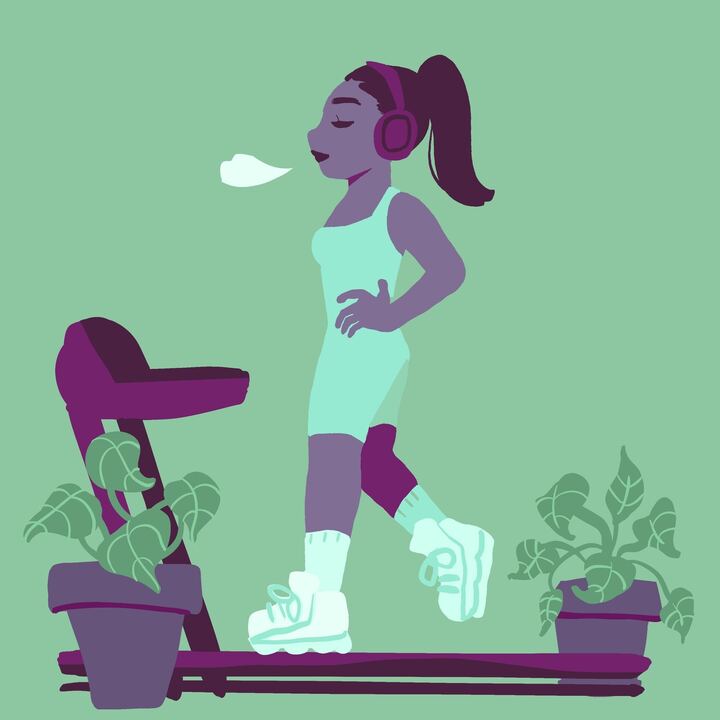
With the ever-increasing popularity and social acceptance of marijuana as a recreational drug, it seems inevitable that the whole U.S. will follow in the steps of Colorado, Washington and Oregon and legalize the plant. There are few arguments that work against recreational weed that don’t also work against alcohol, which was obviously not-so-successfully banned during Prohibition.
However, the rise of popularity in recreational pot will have an effect on the world of sports because, believe it or not, marijuana may be the next big performance-enhancing drug — and the World Anti-Doping Agency should opt to reverse its recent ruling of allowing for marijuana use during training.
Marijuana may not seem like a drug that would help very many people with sports. It makes them feel lazy, hungry and ungrounded, which are not the most helpful effects on an athlete’s training — not to mention that the inhalation of smoke into the lungs doesn’t seem like a particularly healthy habit for any aspiring athlete. However, according to Men’s Journal, the benefits of pain relief, decrease in nausea and improvements in mood are effects that would certainly help athletes, particularly endurance athletes like runners and triathletes. The alternatives to smoking — such as weed-laced edibles, teas and creams — offer intoxicating paths that don’t put an athlete’s lungs at risk.
According to The Wall Street Journal, in 2013 the WADA raised the allowable level of marijuana’s active ingredient, THC, to levels which would allow athletes to train with the drug but still not compete with it. This may seem like a reasonable allowance, especially with the increased popularity and social acceptance of the drug in everyday life and its legality in a few states and countries.
But this is a mistake: In sports, the use of performance-enhancing drugs is a violation of the spirit of sport not only in competition, but also in training. Most of an athlete’s time is spent in training, and the ability of endurance athletes to mentally devote themselves to running or biking for two or more hours a day is part of the sport. So by allowing marijuana for use in training, it simultaneously allows for these athletes to overcome perhaps the most difficult part of their sport and gain an enormous edge on their competition.
The use of marijuana doesn’t only apply to endurance sports, but also sports that require intense focus and the ability to take risks without hesitation. According to The Denver Post, anyone who knows anything about the insides of the sports “knows that marijuana and skiing, and snowboarding, are inextricably linked.” So evidently, this is not only a small, contained phenomenon amongst hippie ultramarathoners, but also in the wealthier winter sports.
The use of weed for training has apparently had massive benefits for certain athletes. Both Avery Collins and Clifford Drusinsky, individuals interviewed by The Wall Street Journal and Men’s Journal, respectively, have had podium finishes in multiple large-scale events, and Collins competes professionally as an ultramarathoner. While the use of marijuana as a performance enhancer has proved to be “anecdotal” in its research subjects, meaning that some individuals reap massive benefits from its use while others might not, it has proven popular and performance-enhancing enough to warrant a rethinking of the WADA’s decision.
So, despite its relatively recent ruling, it’s not too late for the WADA to reverse its decision to increase its threshold of THC for athletes, because even while still illegal for use in competition, its use in training is perhaps the largest edge that athletes can use to beat out their competitors.
_______________
Brendan Tinoco is a sophomore studying philosophy and economics. Follow him on Twitter.








